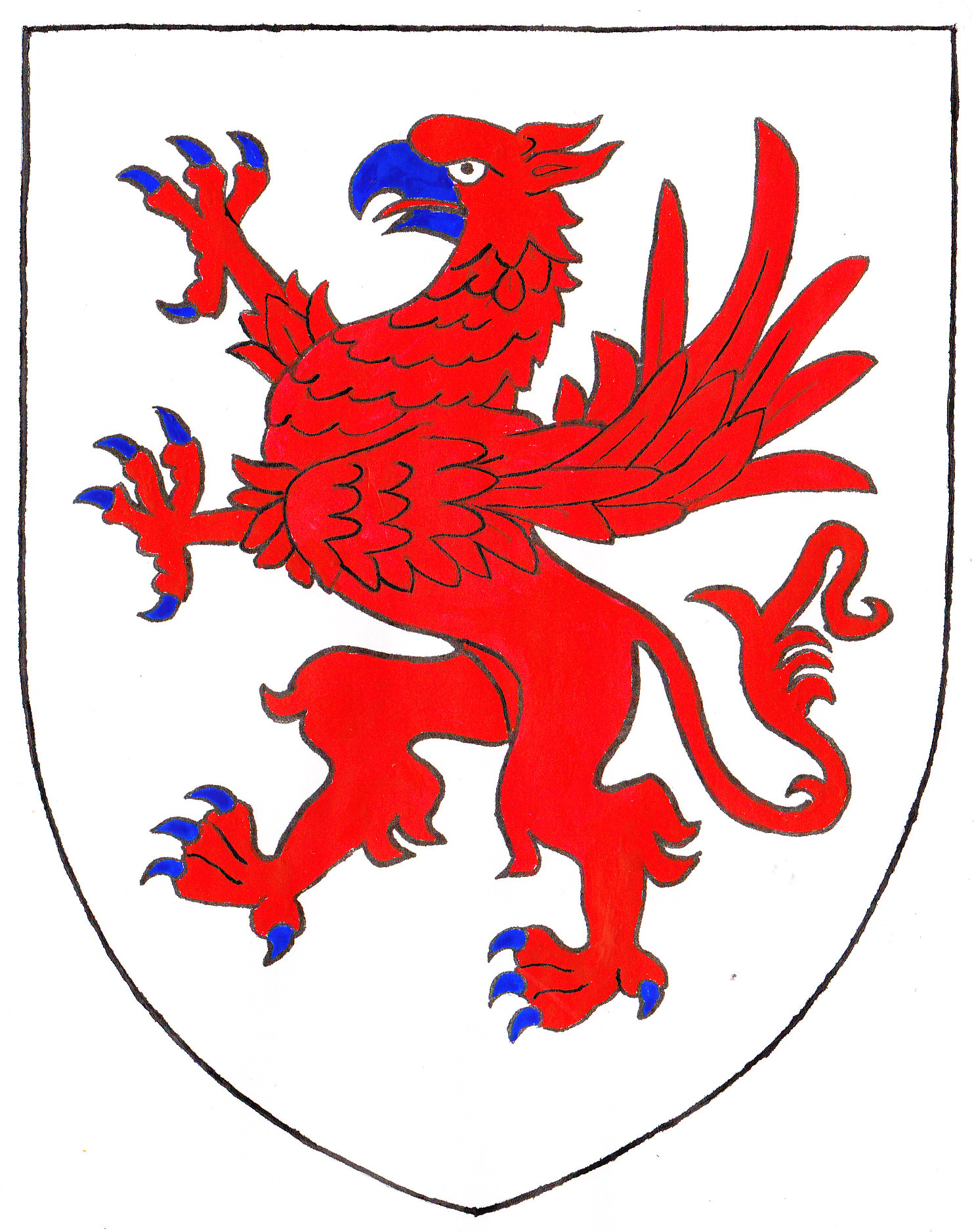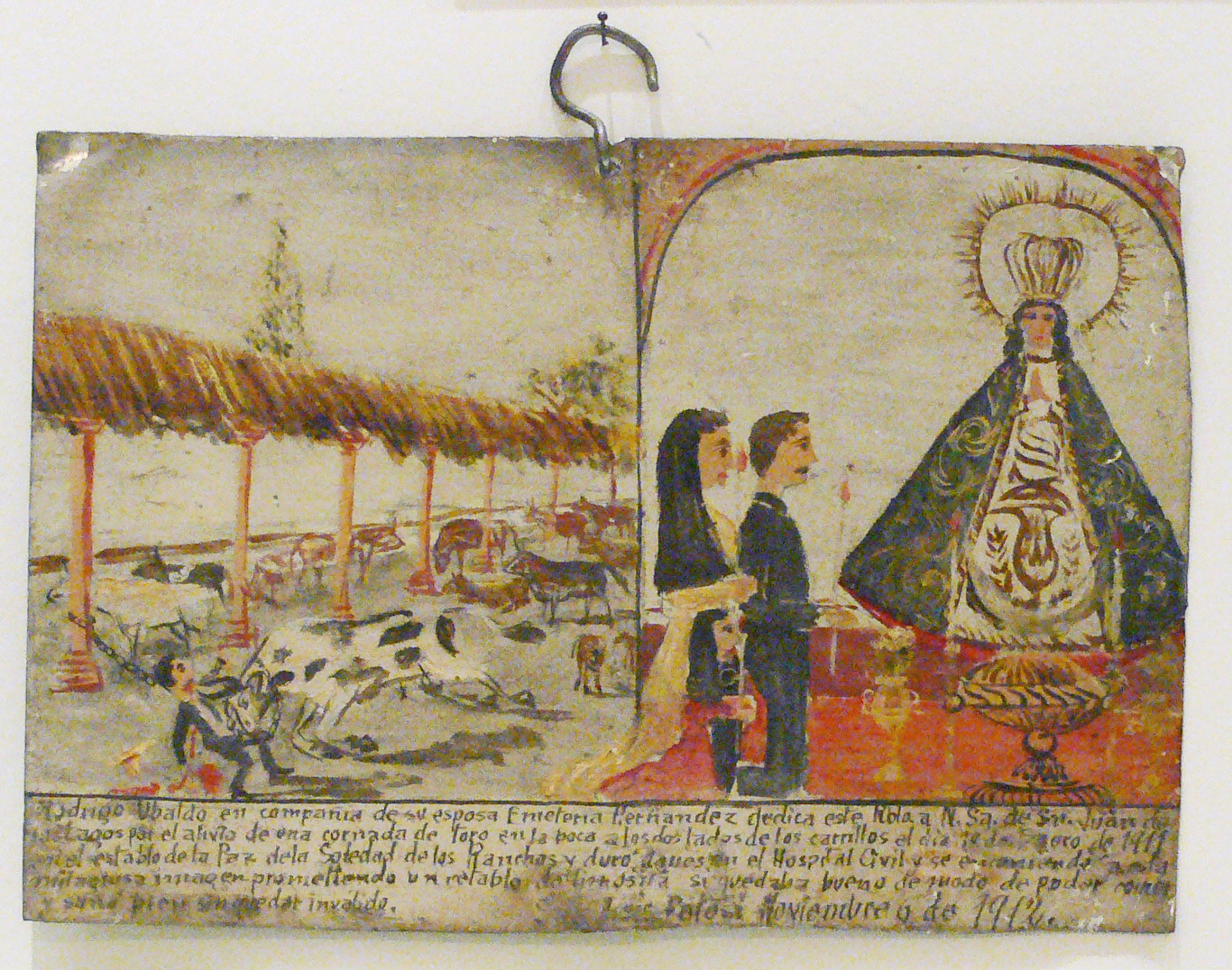|
William De Botreaux, 3rd Baron Botreaux
William de Botreaux, 3rd Baron Botreaux (1389–1462) was a baron, whose holdings were in Somerset and the south-west of England. He inherited from his father the barony by writ of Botreaux as well as substantial family landholdings which included a moiety of the feudal barony of North Cadbury, Somerset, in the parish church of which capital manor he was buried, as he requested in his will. Origins He was born on 20 February 1389 at Walton, Kilmersdon, Somerset, the son of William de Botreaux, 2nd Baron Botreaux (1367–1395) by his wife Elizabeth St Lo, daughter and co-heiress of Sir John St Lo ( Latinised to St. Laudo) of Newton St Loe, Wiltshire (now in Somerset), by his second wife Margaret Clyvedon, daughter and heiress of John Clyvedon. Elizabeth was sole heiress of her mother and survived her husband, her death having occurred on 4 September between 1409 and 1458. Career He was summoned to parliament on several occasions, the first time being on 1 December 1412, a ... [...More Info...] [...Related Items...] OR: [Wikipedia] [Google] [Baidu] |
Advowson
Advowson () or patronage is the right in English law of a patron (avowee) to present to the diocesan bishop (or in some cases the ordinary if not the same person) a nominee for appointment to a vacant ecclesiastical benefice or church living, a process known as ''presentation'' (''jus praesentandi'', Latin: "the right of presenting"). The word derives, via French, from the Latin ''advocare'', from ''vocare'' "to call" plus ''ad'', "to, towards", thus a "summoning". It is the right to nominate a person to be parish priest (subject to episcopal – that is, one bishop's – approval), and each such right in each parish was mainly first held by the lord of the principal manor. Many small parishes only had one manor of the same name. Origin The creation of an advowson was a secondary development arising from the process of creating parishes across England in the 11th and 12th centuries, with their associated parish churches. A major impetus to this development was the legal exact ... [...More Info...] [...Related Items...] OR: [Wikipedia] [Google] [Baidu] |
Michael The Archangel
Michael, also called Saint Michael the Archangel, Archangel Michael and Saint Michael the Taxiarch is an archangel and the warrior of God in Christianity, Judaism, and Islam. The earliest surviving mentions of his name are in third- and second-century BC Jewish works, often but not always apocalyptic, where he is the chief of the angels and archangels, and he is the guardian prince of Israel and is responsible for the care of the people of Israel. Christianity conserved nearly all the Jewish traditions concerning him, and he is mentioned explicitly in Revelation 12:7–12, where he does battle with Satan, and in the Epistle of Jude, where the archangel and the devil dispute over the body of Moses. Old Testament and Apocrypha The Book of Enoch lists him as one of seven archangels (the remaining names are Uriel, Raguel, Raphael, Sariel, Gabriel, and Remiel), who, in the Book of Tobit, “stand ready and enter before the glory of the Lᴏʀᴅ”. The fact that Michael ... [...More Info...] [...Related Items...] OR: [Wikipedia] [Google] [Baidu] |
Battle Of Agincourt
The Battle of Agincourt ( ; ) was an English victory in the Hundred Years' War. It took place on 25 October 1415 (Saint Crispin's Day) near Azincourt, in northern France. The unexpected victory of the vastly outnumbered English troops against the numerically superior French army boosted English morale and prestige, crippled France, and started a new period of English dominance in the war that would last for 14 years until England was defeated by France in 1429 during the Siege of Orléans. After several decades of relative peace, the English had Hundred Years' War (1415–53), resumed the war in 1415 amid the failure of negotiations with the French. In the ensuing campaign, many soldiers died from disease, and the English numbers dwindled; they tried to withdraw to Pale of Calais, English-held Calais but found their path blocked by a considerably larger French army. Despite the numerical disadvantage, the battle ended in an overwhelming victory for the English. King Henry V ... [...More Info...] [...Related Items...] OR: [Wikipedia] [Google] [Baidu] |
Ex Voto
An ex-voto is a votive offering to a saint or a divinity, given in fulfillment of a vow (hence the Latin term, short for ''ex voto suscepto'', "from the vow made") or in gratitude or devotion. The term is usually restricted to Christian examples. Definition Ex-votos are placed in a church or chapel where the worshiper seeks grace or wishes to give thanks. The destinations of pilgrimages often include shrines decorated with ex-votos. Ex-votos can take a wide variety of forms. They are not only intended for the invocated, but also as a testimony to later visitors of the received help. As such they may include texts explaining a miracle attributed to the helper, or symbols such as a painted or modeled reproduction of a miraculously healed body part, or a directly related item such as a crutch given by a person formerly lame. There are places where a very old tradition of depositing ex-votos existed, such as Abydos in ancient Egypt. Ex-voto paintings Especially in the Latin wor ... [...More Info...] [...Related Items...] OR: [Wikipedia] [Google] [Baidu] |
William De Botreaux, 1st Baron Botreaux
William de Botreaux (1337–1391) (pronounced "But'ry") (or Bottreaux, corrupted to Boterel, Battrell, Bartle, etc.) was a prominent British West-Country baron during the reigns of King Edward III (1327–1377) and King Richard II (1377–1399). Origins He was the son and heir of William de Botreaux (d. 22 July 1349) of Forrabury, Cornwall (renamed after his family Boscastle, anciently "Bottreaux Castle", ) Sheriff of Cornwall, by Isabel de Moels, younger daughter and co-heiress (with her sister Muriel, the wife of Thomas Courtenay (d. 1363) 5th son of Hugh de Courtenay, 1st Earl of Devon) of John de Moels, 4th Baron Moels(d.1337), of East Berkhampstead, Hertfordshire and feudal baron of a moiety of North Cadbury, Somerset, by his wife Joan Lovel, daughter of Richard Lovel of Castle Cary, Somerset. The family is believed to have come from ''Les Bottereaux'', in Upper Normandy near Evreux, France. His father William (d. 1349) was the son of Reynold (d. 1346), son of William ( ... [...More Info...] [...Related Items...] OR: [Wikipedia] [Google] [Baidu] |
North Cadbury Church (St
North is one of the four compass points or cardinal directions. It is the opposite of south and is perpendicular to east and west. ''North'' is a noun, adjective, or adverb indicating direction or geography. Etymology The word ''north'' is related to the Old High German ''nord'', both descending from the Proto-Indo-European unit *''ner-'', meaning "left; below" as north is to left when facing the rising sun. Similarly, the other cardinal directions are also related to the sun's position. The Latin word ''borealis'' comes from the Greek ''boreas'' "north wind, north" which, according to Ovid, was personified as the wind-god Boreas, the father of Calais and Zetes. ''Septentrionalis'' is from ''septentriones'', "the seven plow oxen", a name of ''Ursa Major''. The Greek ἀρκτικός (''arktikós'') is named for the same constellation, and is the source of the English word ''Arctic''. Other languages have other derivations. For example, in Lezgian, ''kefer'' can mean bot ... [...More Info...] [...Related Items...] OR: [Wikipedia] [Google] [Baidu] |
Staple Fitzpaine
Staple Fitzpaine is a village and civil parish in Somerset, England, situated south of Taunton. The village has a population of 189 and is within the Blackdown Hills Area of Outstanding Natural Beauty. The parish includes the hamlet of Badger Street. The parish (by area the second-largest in Somerset) stretches south to Castle Neroche, east to Whitty Cross, west to Staple Hill and north to just past Smokey Bottom. The main part of the village is centred on the crossroads by the ''Greyhound Inn'', on the Taunton-Chard road. Curland and Bickenhall, two smaller villages close by to the east, are socially and culturally one with Staple Fitzpaine. They have a combined population of almost 200. History Around the crossroads at Staple Fitzpaine there are several large sandstone boulders. They are called devilstones and are said to have been thrown by the Devil from Castle Neroche (some went over Staple to land in the Witch Lodge area, another he tossed back over his shoulder into ... [...More Info...] [...Related Items...] OR: [Wikipedia] [Google] [Baidu] |
Castle Neroche
Castle Neroche is a Norman motte-and-bailey castle on the site of an earlier hill fort in the parish of Curland, near Staple Fitzpaine, Somerset, England. It is a Scheduled Ancient Monument. Location The hill rises to on the northern escarpment of the Blackdown Hills. The area is part of a site covered by a landscape partnership, known as the Neroche Scheme, which is establishing trails and a public forest. It is managed by Forestry England and supported by the Heritage Lottery Fund and local organisations. History The origin of the term Neroche is believed to be a contraction of the Old English words ''nierra'' and ''rechich'' or ''rachich'' for Rache, a type of hunting-dog used in Britain in the Middle Ages, giving a meaning of the ''camp where hunting dogs were kept''. This also gives the site its alternative name of Castle Rache. Iron Age The reason for the construction of Iron Age hill forts has been a subject of debate. It has been argued that they could have been mi ... [...More Info...] [...Related Items...] OR: [Wikipedia] [Google] [Baidu] |
Blackdown Hills National Landscape
The Blackdown Hills, or Blackdowns, are a range of hills along the Somerset-Devon border in south-western England. The plateau is dominated by hard chert bands of Upper Greensand with some remnants of chalk, and is cut through by river valleys. The Blackdown Hills were designated in 1991 as an Area of Outstanding Natural Beauty (AONB). In November 2023, AONBs became National Landscapes. The hills support an extensive range of wildlife leading to the designation of 16 Sites of Special Scientific Interest (SSSIs). There is evidence of human occupation since the Iron Age. Fortifications include the remains of ancient hill forts, Norman architecture, Norman motte-and-bailey castles and Second World War airfields. There are also religious buildings such as Dunkeswell Abbey and village churches. The hills are crossed by a network of minor roads with major transport routes including the M5 motorway running around the periphery. Natural region The Blackdowns form a natural regi ... [...More Info...] [...Related Items...] OR: [Wikipedia] [Google] [Baidu] |




